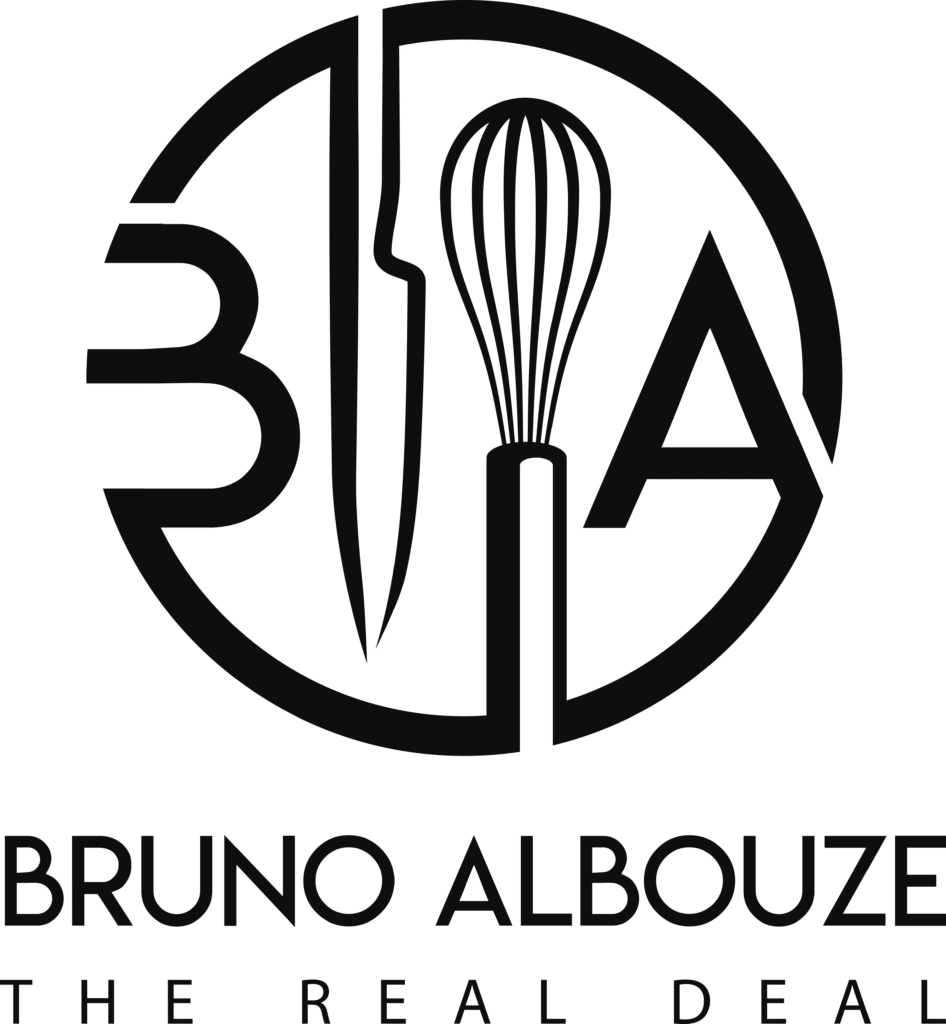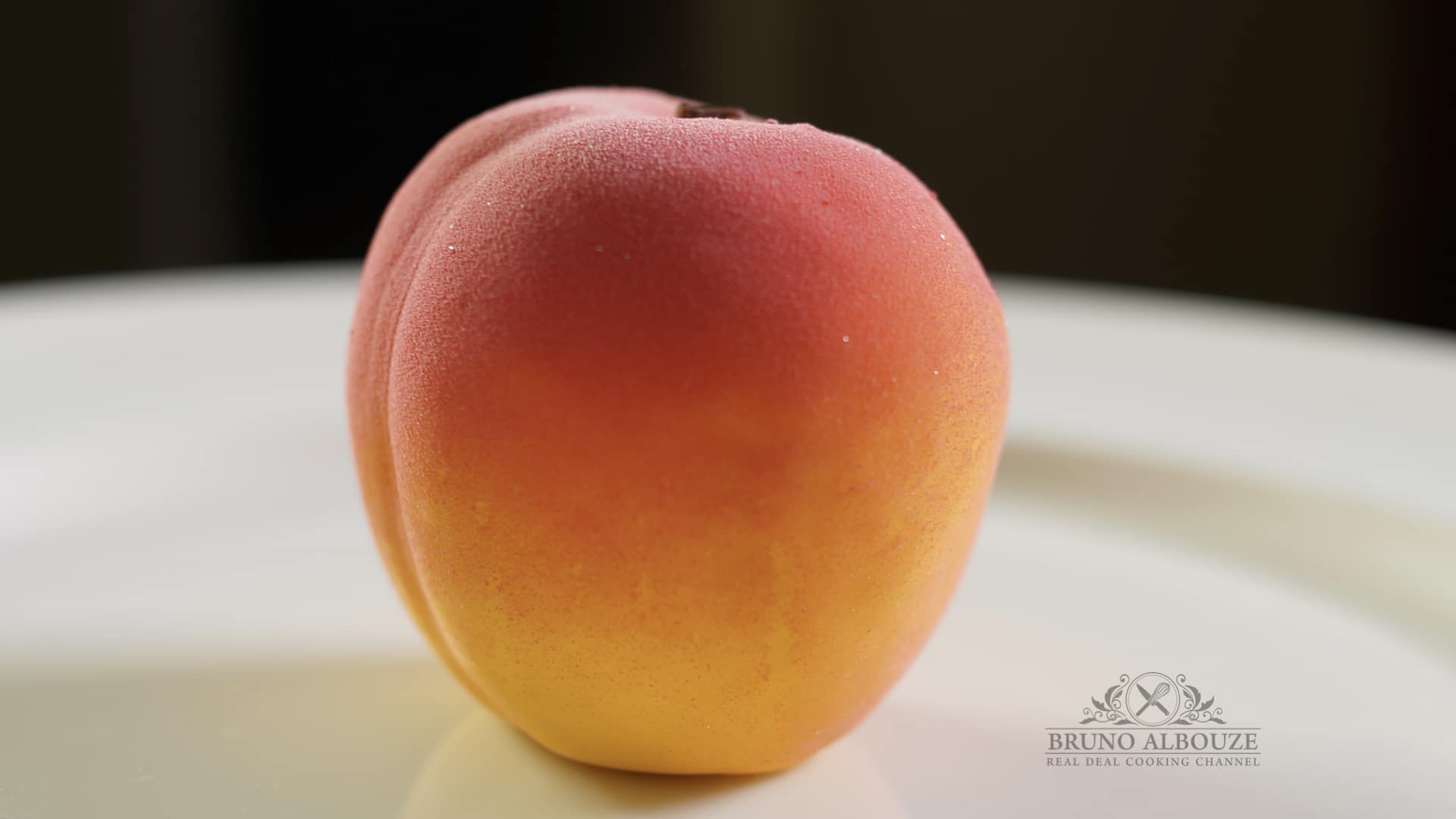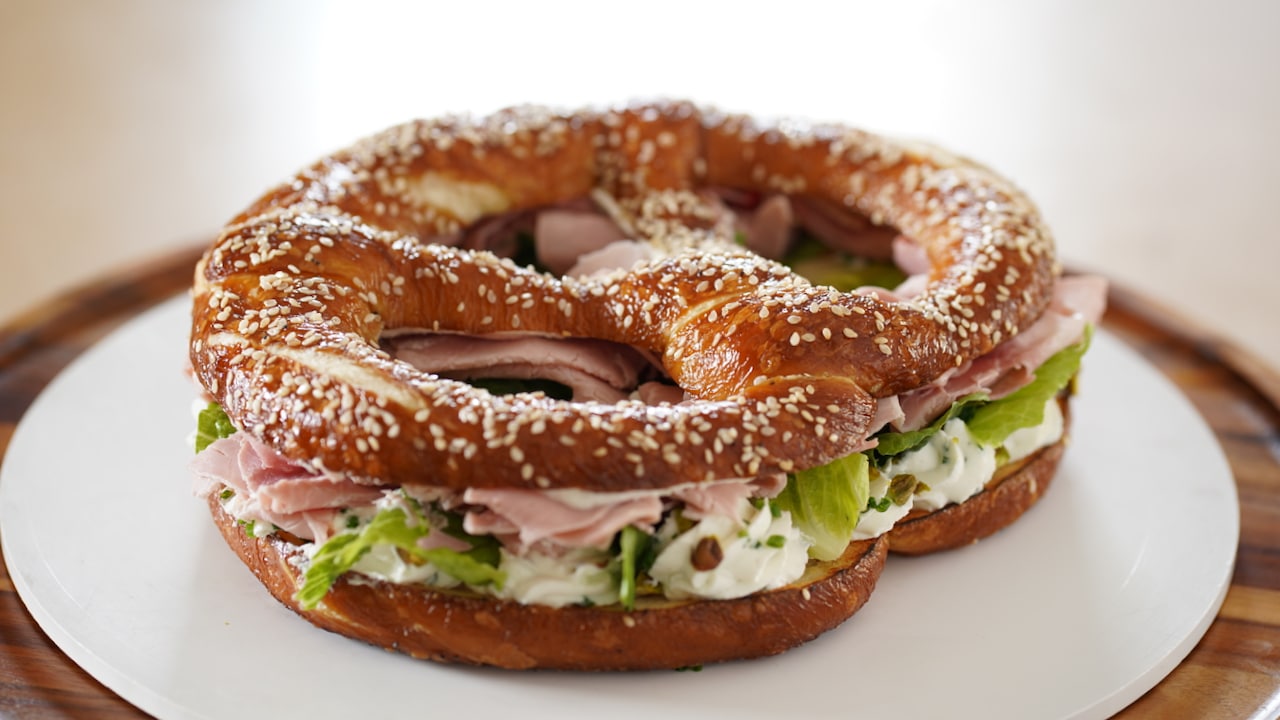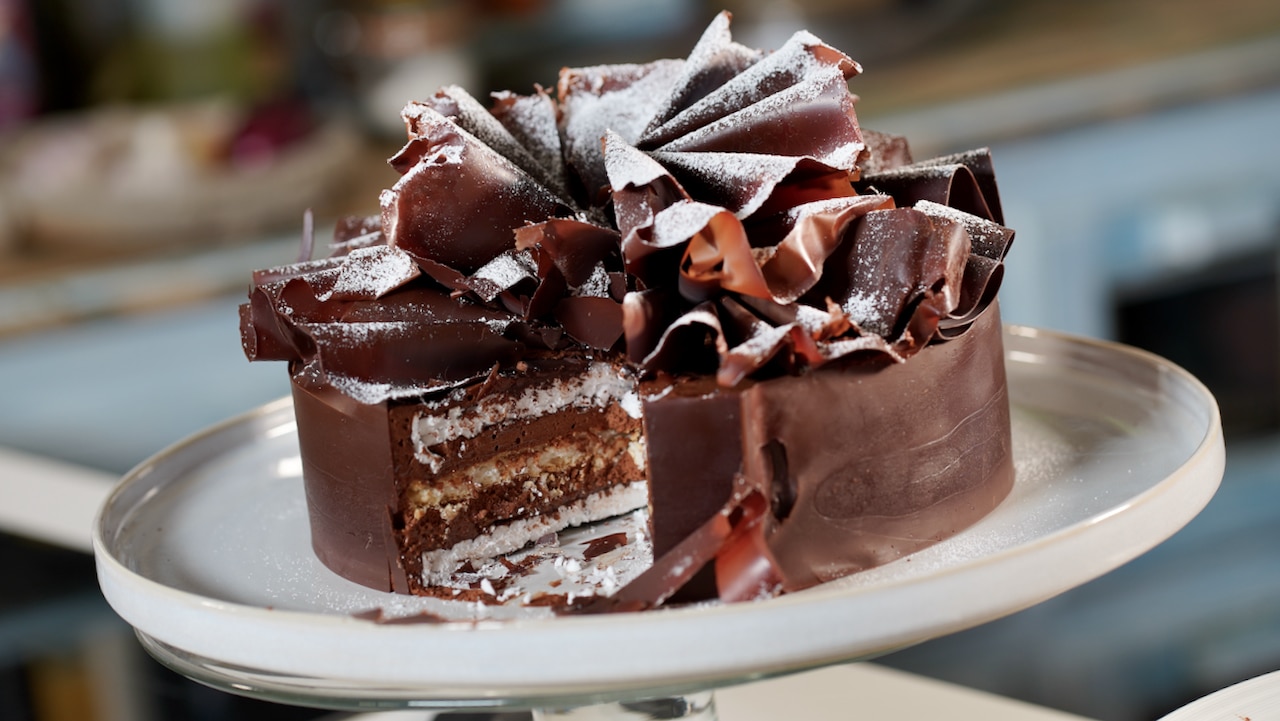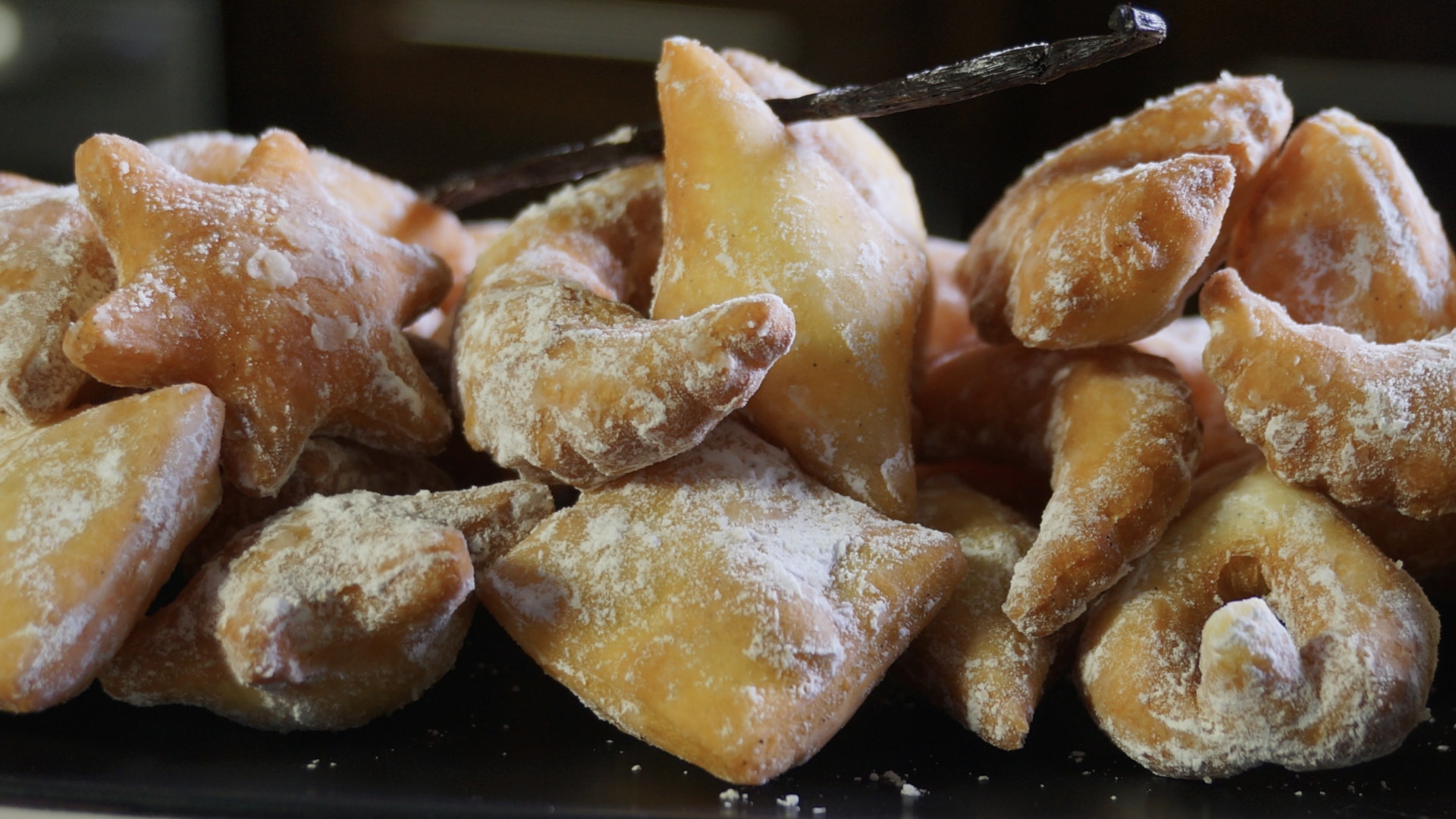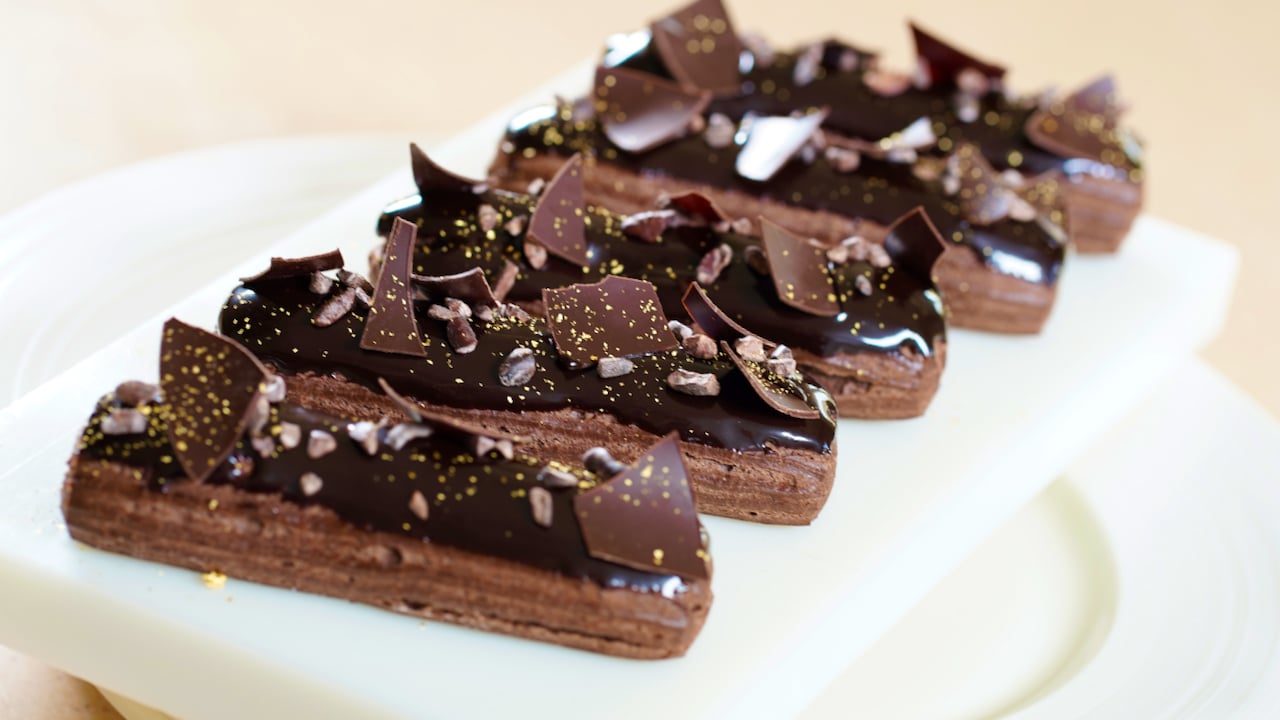Couscous
Couscous is a North African dish of steamed durum wheat semolina that is traditionally paired with a stew spooned on top. Note that couscous was originally prepared with millet and not wheat. Usually served on Friday, but also offered during baptisms and wedding celebrations. The Tunisian couscous is rather based on fish. In Moroccan homes, making couscous is an expression of love, generosity, and hospitality. Moroccan couscous uses the finest wheat semolina that is traditionally steamed in a couscous steamer (couscoussier). Most couscous recipes though call for pretty much the same vegetables and spices which are carrot, turnip, parsnip, cabbage, squashes, pumpkin, tomatoes, and peppers. Spices are cinnamon, saffron, ginger, Ras El Hanout and Harissa. As lamb goes well with a hint of sweetness, dates, raisins, onion marmalade called tfaya are often added to the dish. Couscous Royal though, is served with grilled meat such as brochettes, lamb chops, and merguez. To make everyone agree, it would be fair to say that couscous is a Maghrebian specialty. Couscous became a staple in France too!
Ready to discover this recipe? You're only 1 step away.
This recipe is only accessible to registered members!
Create your account to access all cooking recipes of my website (excepting courses and masterclasses of the Academy).
Join us now and enjoy more 700 recipes (All mostly french, but also european, asiatic and american)
